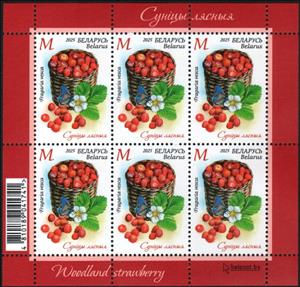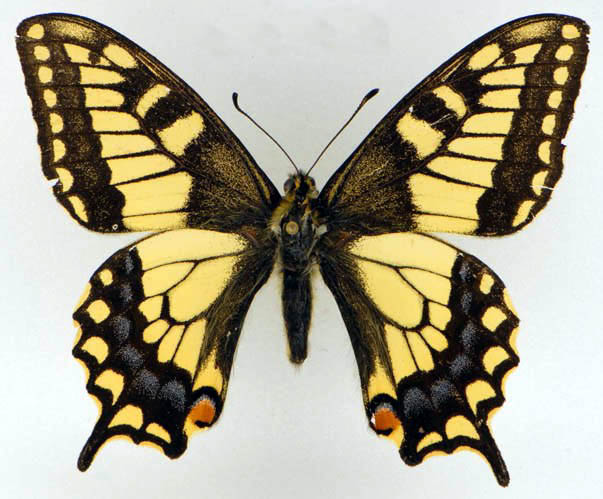Full Pane: Woodland Strawberry (Fragaria vesca) (Belarus 2025)
Woodland Strawberry (Fragaria vesca) (Belarus 2025)
28 May (Belarus ) within release Woodland Strawberry (Fragaria vesca) (2025) goes into circulation Full Pane Woodland Strawberry (Fragaria vesca) face value M No Face Value
| Full Pane Woodland Strawberry (Fragaria vesca) in catalogues | |
|---|---|
| Belarus post Inc.: | BLR: BY 1629FP |
| Colnect codes: | Col: BY 2025.05.28-02a |
Full Pane is horizontal format.
Postage stamps and souvenir sheet are printed using offset varnish with woodland strawberry scent. Face value BYR 2.70 per stamp on day of issueAlso in the issue Woodland Strawberry (Fragaria vesca) (2025):
- Stamp - Woodland Strawberry (Fragaria vesca) face value M;
- Stamp - Woodland Strawberry (Fragaria vesca) face value M;
- Full Pane - Woodland Strawberry (Fragaria vesca) face value M;
- Full Pane - Woodland Strawberry (Fragaria vesca) face value 6*M;
- Souvenir Sheet - Woodland Strawberry (Fragaria vesca) face value 2*M;
Full Pane Woodland Strawberry (Fragaria vesca) it reflects the thematic directions:
Lepidoptera or lepidopterans is an order of winged insects which includes butterflies and moths. About 180,000 species of the Lepidoptera have been described, representing 10% of the total described species of living organisms, making it the second largest insect order (behind Coleoptera) with 126 families and 46 superfamilies, and one of the most widespread and widely recognizable insect orders in the world
A flower, sometimes known as a bloom or blossom, is the reproductive structure found in plants that are floral (plants of the division Magnoliophyta, also called angiosperms). The biological function of a flower is to effect reproduction, usually by providing a mechanism for the union of sperm with eggs. Flowers may facilitate outcrossing (fusion of sperm and eggs from different individuals in a population) or allow selfing (fusion of sperm and egg from the same flower). Some flowers produce diaspores without fertilization (parthenocarpy). Flowers contain sporangia and are the site where gametophytes develop. Many flowers have evolved to be attractive to animals, so as to cause them to be vectors for the transfer of pollen. After fertilization, the ovary of the flower develops into fruit containing seeds. In addition to facilitating the reproduction of flowering plants, flowers have long been admired and used by humans to beautify their environment, and also as objects of romance, ritual, religion, medicine and as a source of food.
In botany, a berry is a fleshy fruit without a drupe (pit) produced from a single flower containing one ovary. Berries so defined include grapes, currants, and tomatoes, as well as cucumbers, eggplants (aubergines), persimmons and bananas, but exclude certain fruits that meet the culinary definition of berries, such as strawberries and raspberries. The berry is the most common type of fleshy fruit in which the entire outer layer of the ovary wall ripens into a potentially edible "pericarp". Berries may be formed from one or more carpels from the same flower (i.e. from a simple or a compound ovary).: 291 The seeds are usually embedded in the fleshy interior of the ovary, but there are some non-fleshy exceptions, such as Capsicum species, with air rather than pulp around their seeds.
Flora is the plant life occurring in a particular region or time, generally the naturally occurring or indigenous—native plant life. The corresponding term for animal life is fauna. Flora, fauna and other forms of life such as fungi are collectively referred to as biota. Sometimes bacteria and fungi are also referred to as flora, as in the terms gut flora or skin flora.




